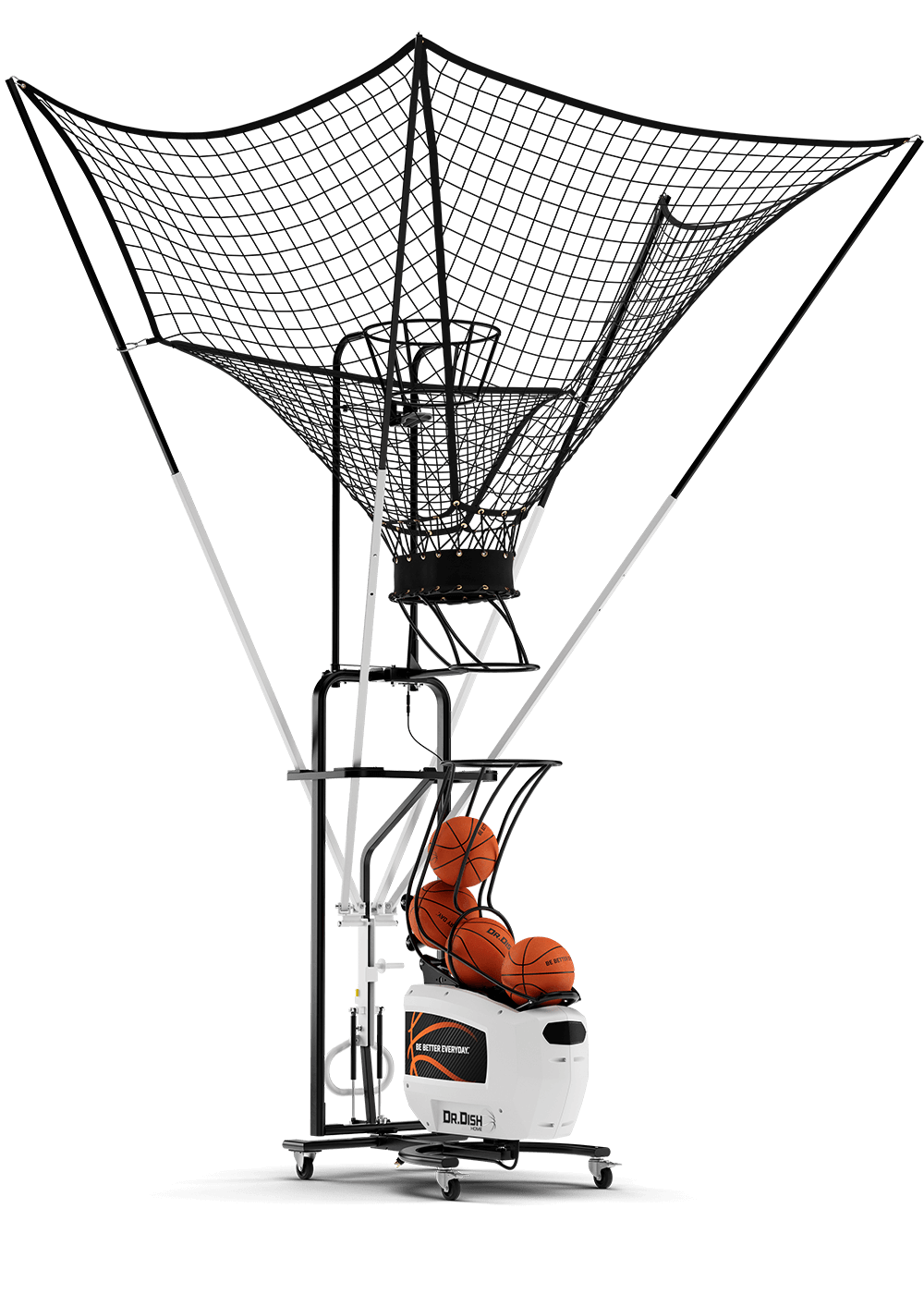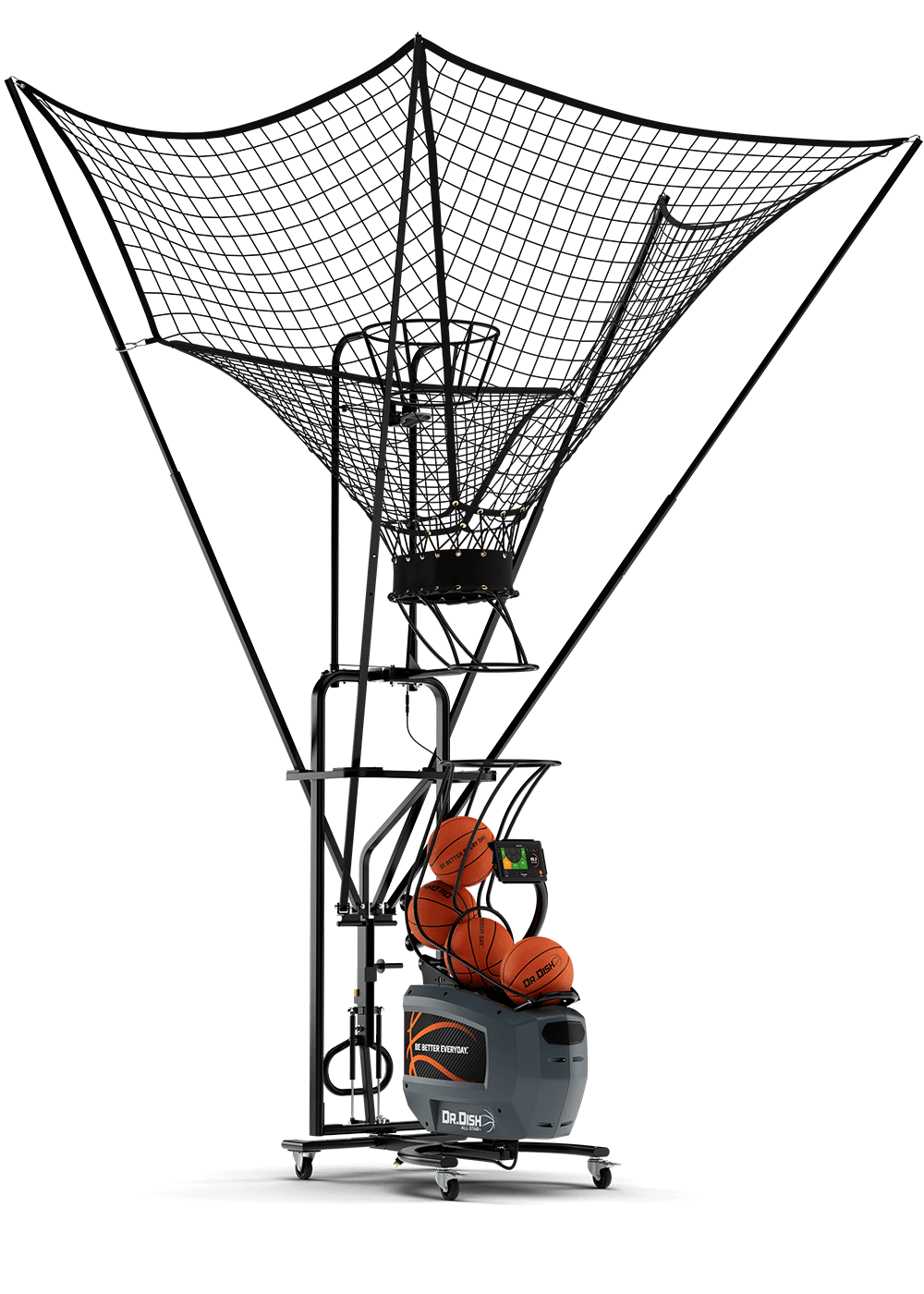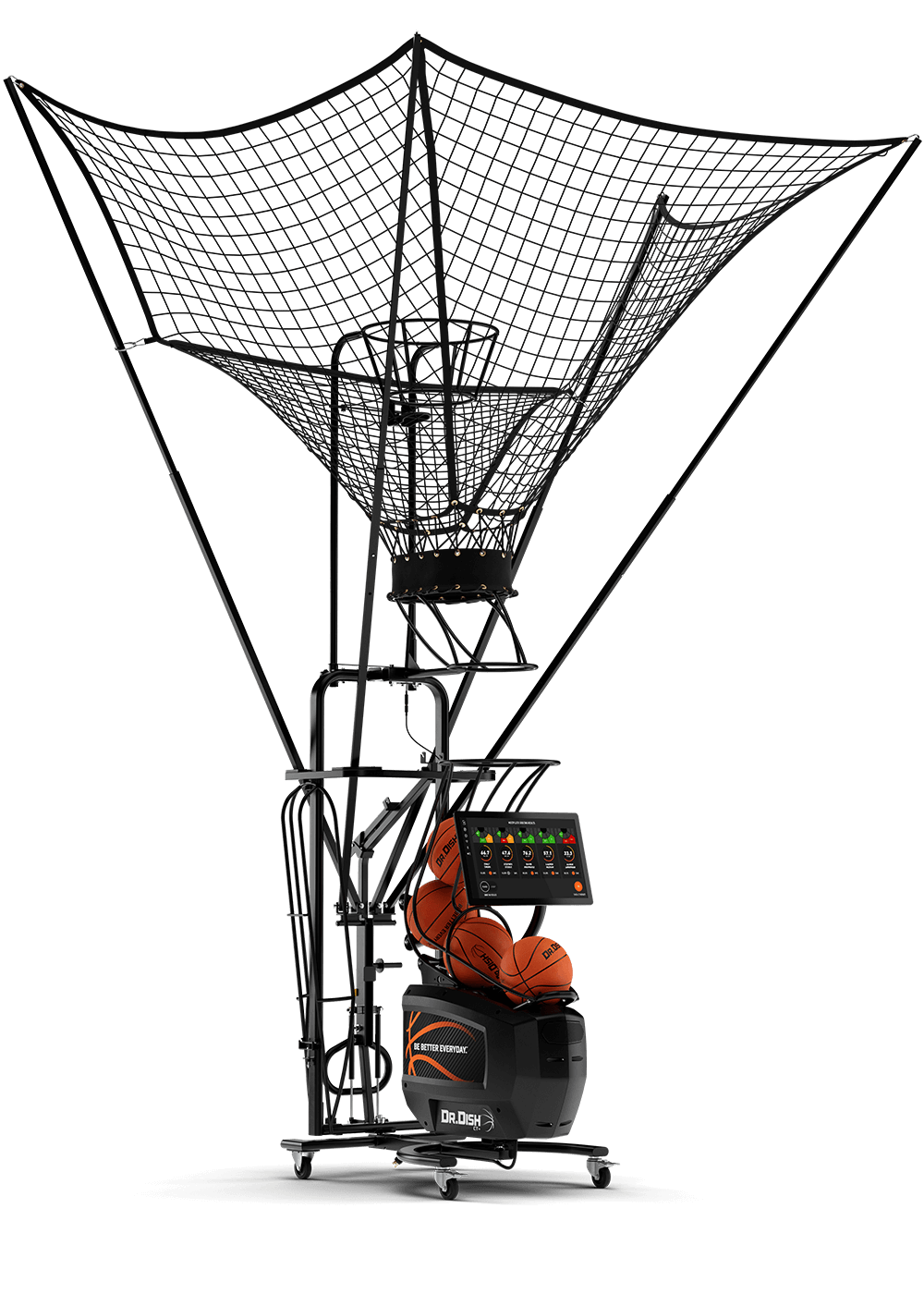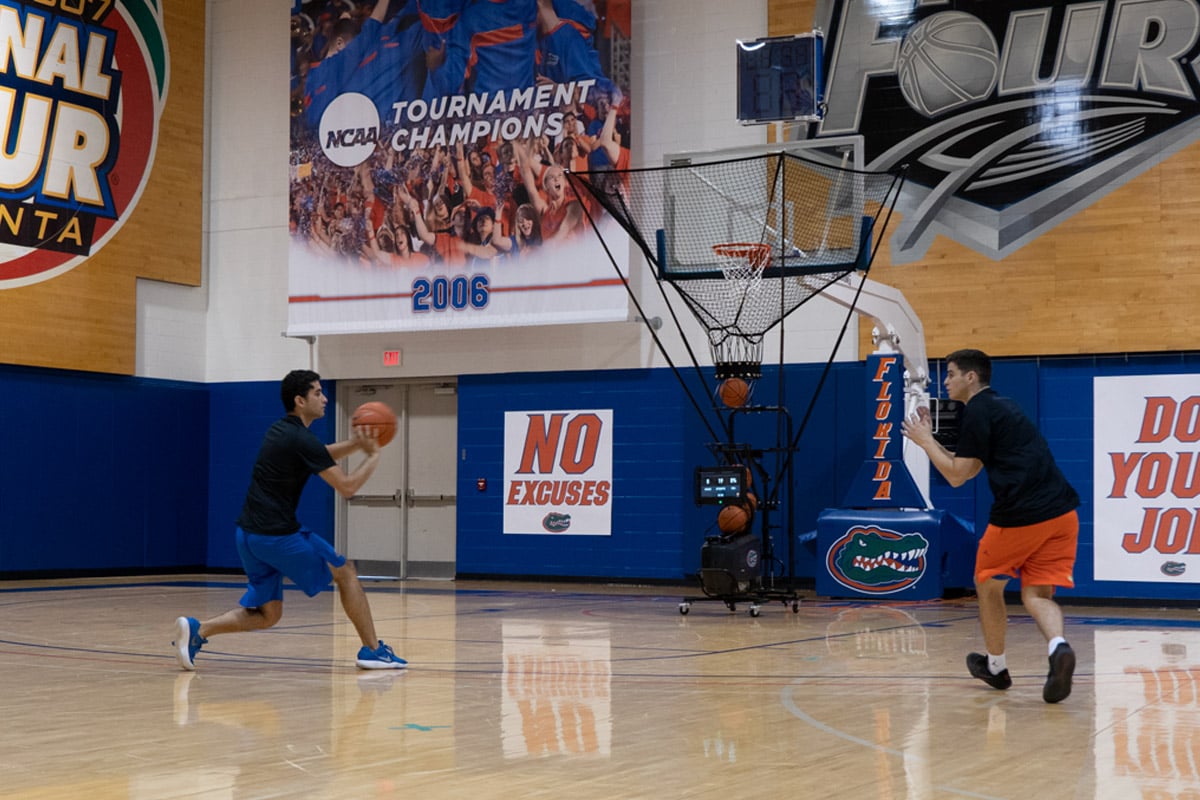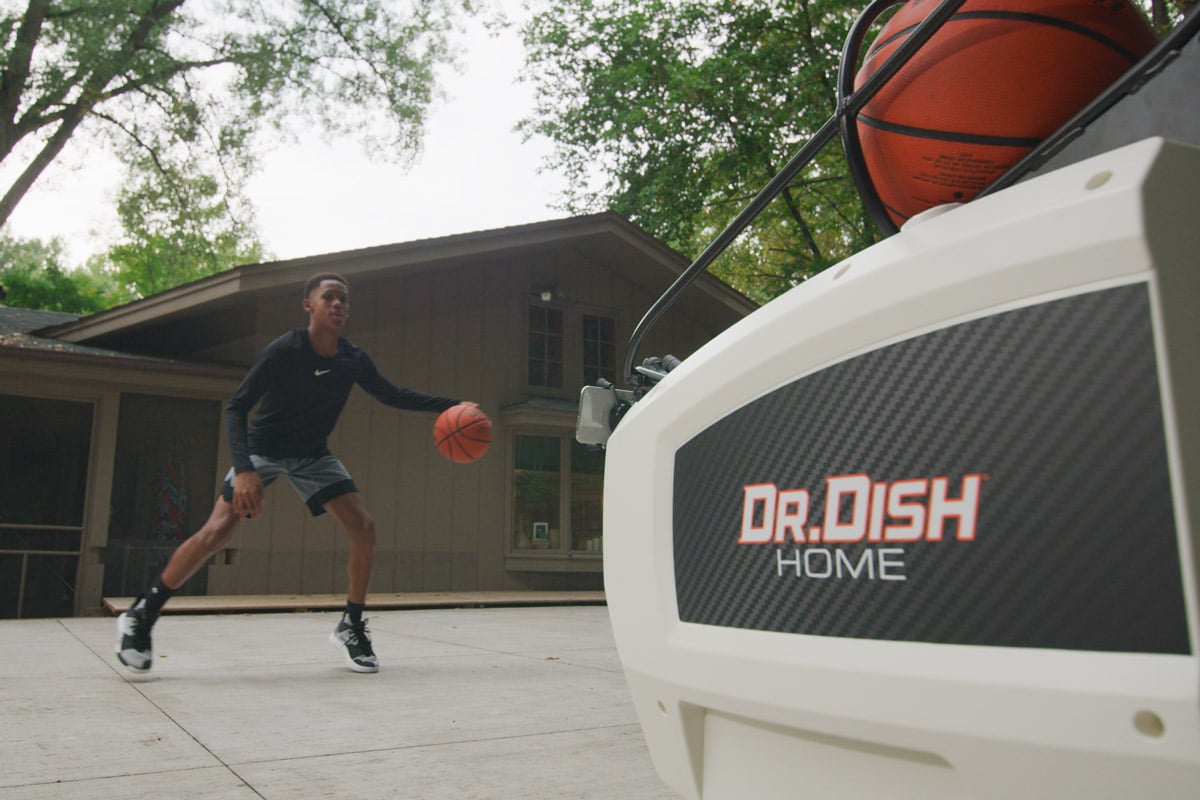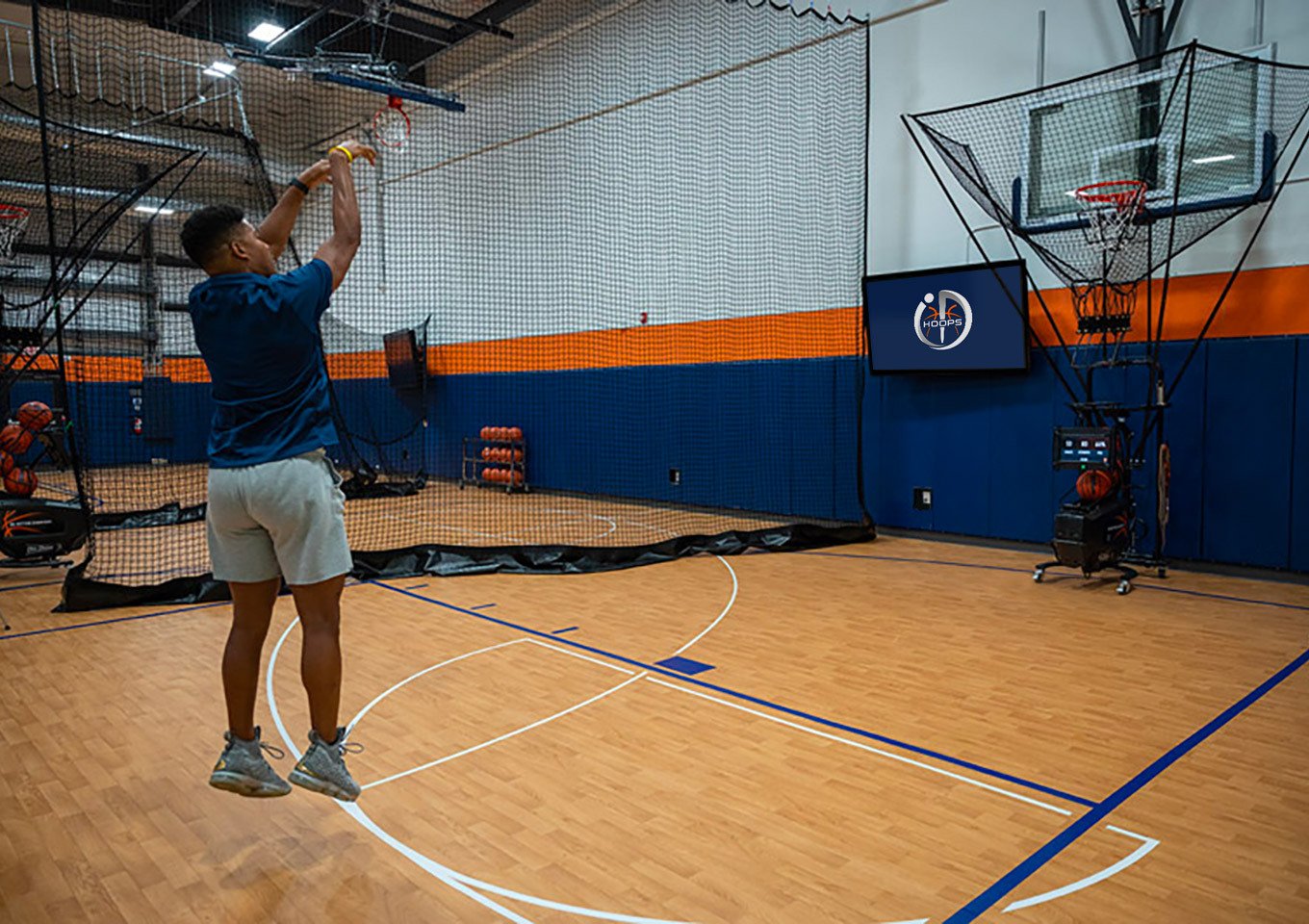Developing Team Leaders: 5 Tips to Grow Leadership Skills in Players
by Greg Berge, on Feb 13, 2025 9:30:24 AM
As a coach, one thing is for certain, Leadership Matters.
I always say that talent sets the floor, but leadership and culture determine the ceiling for a team.
Leadership is one of the most valuable skills a player can develop. It’s not just about being vocal or taking charge; it’s about creating an environment where everyone understands their influence and how they contribute to the team’s success. This is the essence of collective leadership.
When players see themselves as leaders, they bring better energy, more accountability, and a full commitment to all they do. Here are five practical strategies to help develop both individual and collective leadership on your team:
1. Model Leadership Every Day
Leadership always starts at the top. Your example sets the tone for the entire team.
- Show them how accountability, consistency, and a positive attitude look in action.
- Hold yourself to the same standards you set for them.
- Use adversity or failure as a teaching tool to demonstrate perseverance.
- Share stories of great leaders, highlighting how leadership is often a team effort.
Actions will always speak louder than words.
2. EmbrAce Collective Leadership
Leadership shouldn’t rest on just one or two players. Encourage every athlete to lead in ways that align with their strengths. Coaches must celebrate and emphasize this concept.
- Rotate team captains weekly or for specific situations, such as practices or games.
- Assign roles that cater to individual skills, whether it’s leading a huddle, organizing drills, or keeping team morale high.
- Celebrate your “unsung heroes,” those who lead through hard work, humor, or quiet encouragement.
When leadership is shared, your team culture becomes stronger.
3. Focus on Communication
Strong teams thrive on clear, respectful communication. Teach your players how to use their voices effectively.
- Practice giving and receiving specific feedback during drills.
- Teach players how to recognize and celebrate the contributions of their teammates.
- Emphasize how body language and tone impact trust and morale.
Better communication doesn’t just improve teamwork; it makes each player a stronger leader.
4. Build Accountability
True leaders are accountable to themselves, their teammates, and the program.
- Use “we, not me” language to promote shared responsibility.
- Highlight moments when players take ownership, whether in success or failure.
- Teach that accountability isn’t about blame; it’s about learning and growing together.
When accountability becomes part of your culture, leadership will naturally follow.
5. Celebrate the Process
Leadership is not a one-time event; it is a lifestyle. Recognize and reward progress to keep players motivated.
- Highlight leadership moments in team meetings or on social media.
- Share stories of growth with parents to emphasize their impact.
- Reflect as a team on how collective leadership has shaped your culture and success.
As John Maxwell said, “A leader knows the way, goes the way, and shows the way.”
When you help your players develop their leadership skills, you’re building a stronger team, and helping shape resilient athletes who will lead in all areas of life.
If you’re looking for more ways to develop leaders in your program, check out the Team Leader OS. It's loaded with actionable strategies, templates, and lessons to help coaches build leaders who thrive on and off the court.
For weekly tips and tools to grow as a coach and build a winning culture, subscribe to my free newsletter, Great Teams Better Leaders. You can also connect with me on “X” @gb1121 for more insights and ideas.
Let’s develop leaders together, on and off the court!
- Greg Berge



